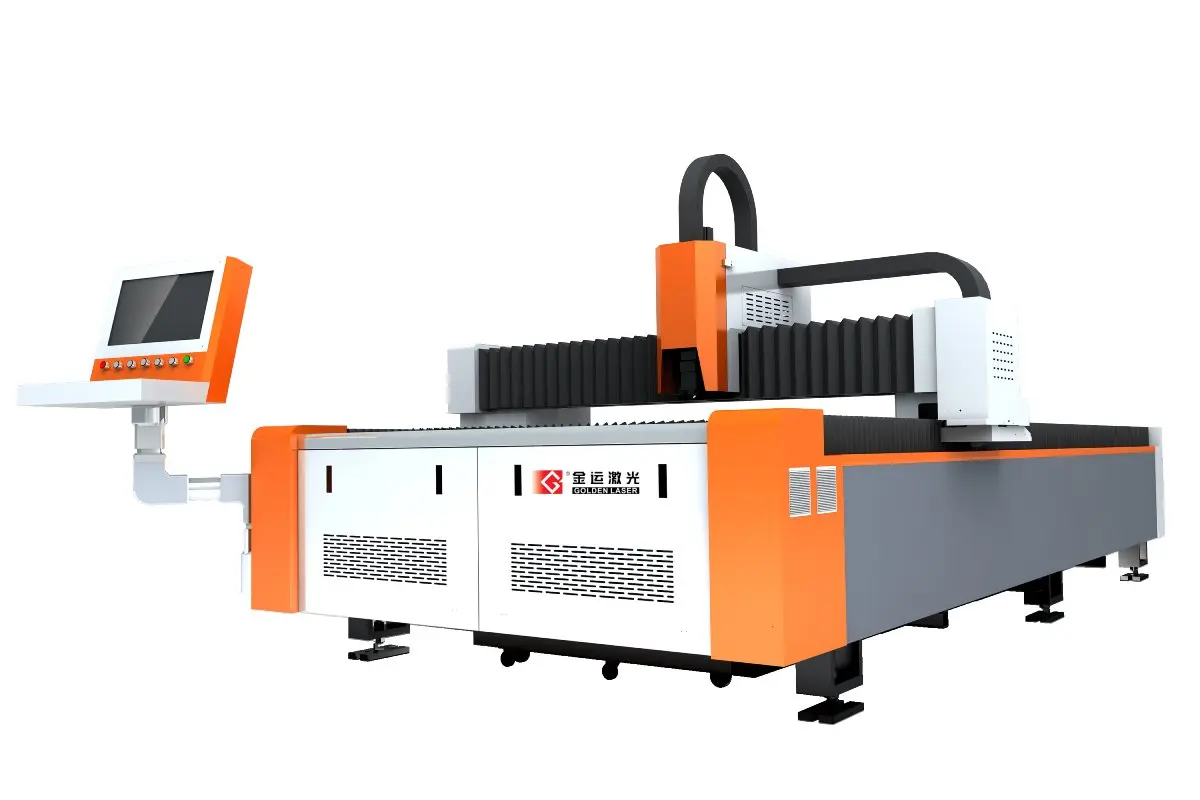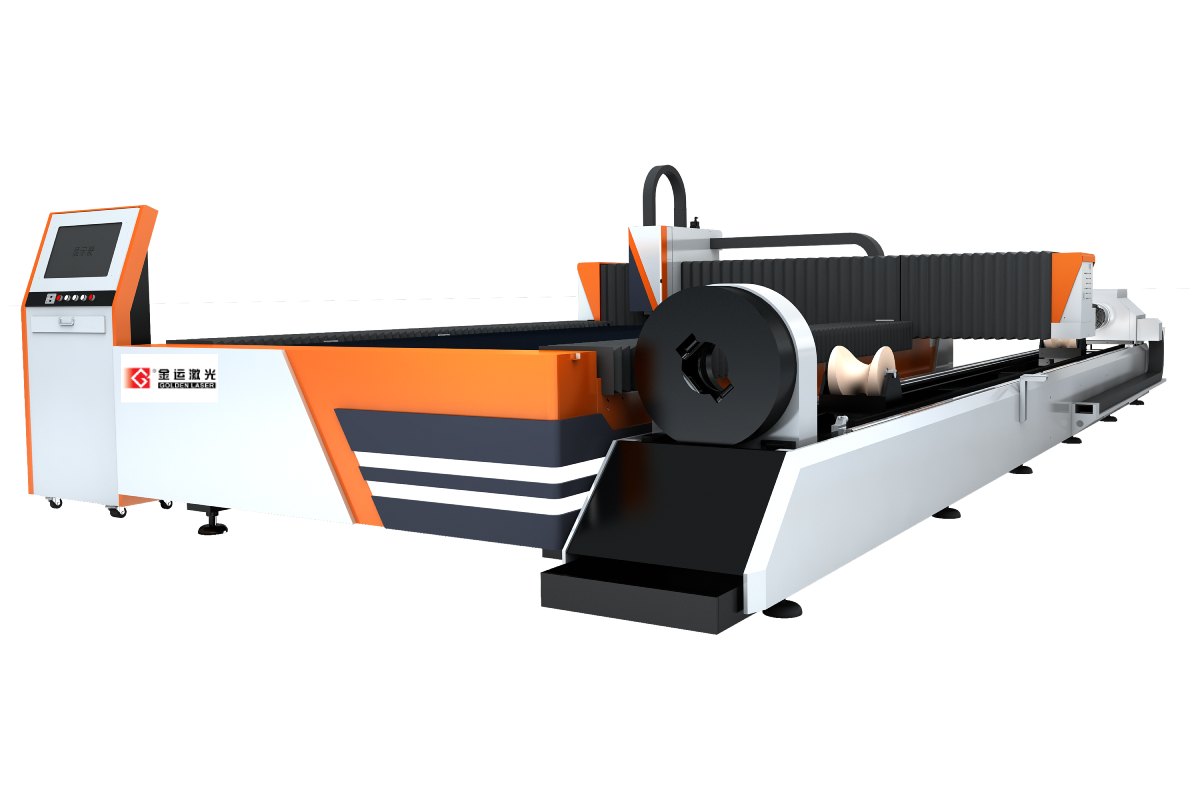In an era where customization and precision have become paramount in the furniture industry, the advent of metal laser cutting technology has transformed the way designers and manufacturers approach their craft. Furniture metal laser cutting refers to the process of using a focused laser beam to cut and shape metal sheets into intricate designs, allowing for a level of detail and accuracy that traditional cutting methods simply cannot achieve. This innovative technique has become a game-changer, offering both aesthetic and functional advantages that are reshaping the landscape of modern furniture design.
The Technology Behind Metal Laser Cutting
At its core, metal laser cutting operates on the principles of high-intensity laser beams directed onto sheets of metal. The concentrated energy generated by the laser results in localized melting, evaporation, or blow-off of the material, allowing for clean, precise cuts. Unlike mechanical cutting methods, which can cause deformation or rough edges, laser cutting achieves smooth finishes and exact dimensions, making it ideal for intricate designs that are commonly sought in modern furniture.
This process can be applied to various types of metals, including stainless steel, aluminum, brass, and more, thus enabling designers to use materials that enhance both the structural integrity and the visual appeal of the furniture. The ability to cut complex shapes allows designers to experiment with forms and functions, leading to unique pieces that stand out in any environment.
A Game Changer for Customization
One of the most significant advantages of furniture metal laser cutting is its customization potential. In today’s market, consumers increasingly prefer personalized items that reflect their individual tastes and lifestyles. Metal laser cutting allows designers to create bespoke furniture pieces tailored to specific dimensions, styles, and preferences. Whether it’s an intricately designed table or a uniquely shaped chair, the ability to customize designs efficiently meets the growing demand for personalized products.
Moreover, the software used in conjunction with laser cutting machines enables endless design possibilities. Designers can create elaborate patterns, engravings, and text that can be integrated into the furniture pieces. This degree of personalization not only enhances the aesthetics but also adds a layer of emotional connection for customers who invest in unique, one-of-a-kind items.
Efficiency and Cost-Effectiveness

Unlocking Precision and Elegance: The Revolutionary Impact of Furniture Metal Laser Cutting on Modern Design and Manufacturing
In addition to customization, furniture metal laser cutting significantly improves manufacturing efficiency. Unlike traditional cutting methods, which often require multiple tools and setups, laser cutting typically requires just one machine to perform various tasks. This consolidation not only decreases the amount of time needed for production but also reduces labor costs. Manufacturers can produce items in higher volumes without compromising quality.
Furthermore, the precision of laser cutting results in minimal waste. The laser beam can cut through metal with negligible kerf width, which means more pieces can be obtained from a single sheet of material. This efficiency contributes to not only cost savings but also a more sustainable approach to manufacturing, an aspect increasingly sought after by modern consumers.
Applications Beyond Furniture Design

Unlocking Precision and Elegance: The Revolutionary Impact of Furniture Metal Laser Cutting on Modern Design and Manufacturing
While furniture metal laser cutting excels in creating unique and customized pieces, its applications extend beyond traditional furniture. The technique is being embraced in various sectors, including interior design, architecture, and even art installations. Designers are using laser-cut metal panels for decorative wall features, architectural elements, and even bespoke art pieces.
The versatility of furniture metal laser cutting means it can be utilized in both residential and commercial settings. From creating eye-catching display units for retail spaces to designing stylish restaurant furniture, this technology can elevate any environment. Furthermore, companies can leverage metal laser cutting to create branding elements, such as logos or signage, that enhance their overall aesthetic and appeal.
Conclusion: Shaping the Future of Furniture Design

Unlocking Precision and Elegance: The Revolutionary Impact of Furniture Metal Laser Cutting on Modern Design and Manufacturing
As technology continues to advance, the furniture industry must evolve to meet the demands and expectations of consumers. Furniture metal laser cutting is at the forefront of this transformation, offering unprecedented levels of precision and customization that are reshaping how we design and manufacture furniture. With its ability to combine functionality with artistic expression, laser cutting is not just a trend; it is a revolution that is paving the way for a new era in furniture design.
In conclusion, as the possibilities for design continue to expand, embracing technology such as furniture metal laser cutting is essential for any designer or manufacturer looking to stay ahead in a competitive market. The result is a blend of craftsmanship and cutting-edge technology that celebrates the uniqueness of each piece while maintaining the high standards of quality that consumers expect. The future of furniture design is bright, and at its heart lies the precision and elegance brought forth by metal laser cutting. Laser Flat Cutting Machine

